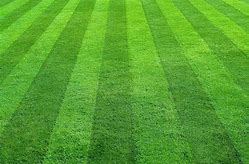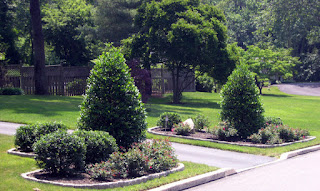Fertilizing Shrub During Fall Is the Best
Although it is advised to fertilize your trees and shrubs twice a year in the spring and fall, fall is typically the ideal time of year to do so. When autumn arrives, plants stop supplying minerals and water to the leaves, fall shrub fertilization works really well. They will instead employ these nutrients to develop larger roots and store more food for the winter. This stage of the growth cycle is accompanied with leaf drop and color change.
By fertilizing in the fall, you enable the trees and shrubs to stockpile food as necessary for the growth of the next year. Given that above-ground development has ceased, some people refer to this as dormant feeding. However, these plants are not at all dormant underground. Until the ground freezes, the roots are quite active and will swiftly ingest the fertilizer. At this point, you can fertilize much more heavily without worrying about flower drop or leaf burn.
If the plant material is still having trouble, a soil test can be performed to see if the soil is deficient in the nutrients required for healthy growth. The report can also indicate whether the pH levels of the soil are off, which prevents plant material from absorbing nutrients.
The slow growth of trees and shrubs, poor foliage, and the presence of pests like aphids are some indications that your trees could benefit from a fall shrub fertilization. A strong tree is better able to fend off viruses and other pests.




Comments
Post a Comment